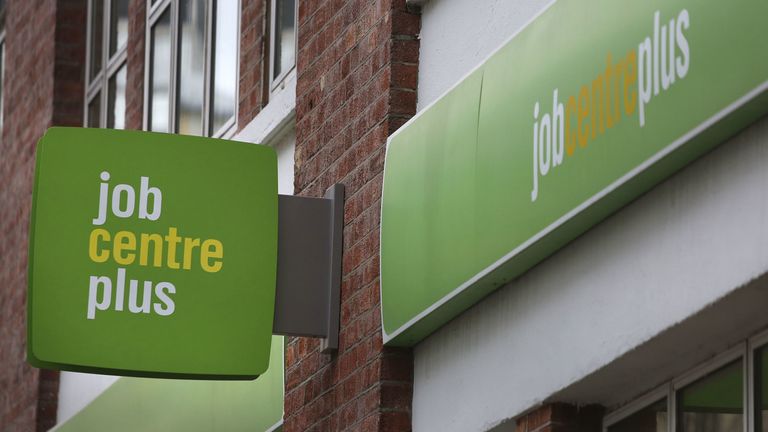The number of employees on UK payrolls recovered to pre-pandemic levels last month, the Office for National Statistics (ONS) said.
A rise of 241,000 in August took the total number to 29.1 million, around the same level as in February 2020.
The ONS also said the number of job vacancies in the June-August period climbed to a new record high of 1.03 million, with the biggest demand for hiring seen in the hotel and restaurant sector.
Meanwhile the overall unemployment rate – covering a slightly earlier period, from May-July, fell back again to 4.6% from 4.7% a month earlier – having topped 5% earlier in the pandemic.
Total wages in the three months to July rose by 8.3% on the same period in 2020 and by 6.8% when stripping out bonuses though the ONS cautioned that the numbers were affected by temporary factors linked to the pandemic.
This month’s wage measure would have been used to determine next year’s state pension increases – but the government’s announcement last week that it was temporarily abandoning the “triple lock” formula means pensioners will be denied the inflation-busting hike.
The ONS figures showed the rate of redundancies over May-July decreased to 3.4 per thousand employees, similar to pre-COVID levels.
The improving picture for UK employment covers a period when the government’s furlough support started to taper off – threatening to bump up jobless numbers.
But at the same time the reopening of the economy has prompted a surge in demand for workers in some sectors.
Jonathan Athow, ONS deputy national statistician for economic statistics, said: “Early estimates from payroll data suggest that in August the total number of employees is around the same level as before the pandemic, though our surveys show well over a million are still on furlough.
“However, this recovery isn’t even: in hard-hit areas such as London and sectors such as hospitality and arts and leisure the numbers of workers remain well down on pre-pandemic levels.
“The overall employment rate continues to recover, particularly among groups such as young workers who were hard hit at the outset of the pandemic, while unemployment has fallen.
“Vacancies reached a new record high.
“Not surprisingly, this is driven above all by hospitality, the sector with the highest proportion of employers reporting their job openings are hard to fill.”
Chancellor Rishi Sunak said: “Today’s statistics show that our plan for jobs is working.
“As we continue to recover from the pandemic, our focus remains on creating opportunities and supporting people’s jobs.”
Not all measures of the jobs market showed a complete recovery to pre-COVID levels – partly because some only cover up to July while payroll numbers go up to August.
The employment rate for the three months to July, at 75.2%, remained 1.3% lower than at February 2020 while the unemployment rate for that period is still higher than the 4% level seen a year and a half ago.
Recovery has also been uneven across different sectors, with the British Retail Consortium pointing to falling job numbers among the businesses it represents.
Kitty Ussher, chief economist at the Institute of Directors, said: “The economy is now well-prepared for the end of furlough, with unemployment demonstrating a clear downward trend and the highest level of vacancies in the economy since records began.”
But Suren Thiru, head of economics at the British Chambers of Commerce, said: “Record vacancies also highlight the acute hiring crisis faced by many firms.
“With Brexit and COVID driving a more deep-seated decline in labour supply, the end of furlough is unlikely to be a silver bullet to the ongoing shortages.”







